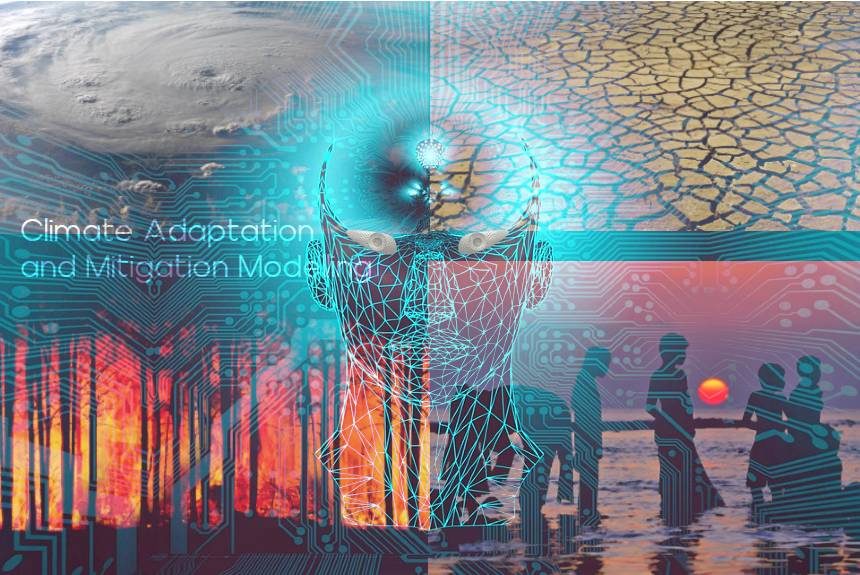According to the UK’s Royal Society brief released on 19th May, trillions of dollars worth of infrastructure investments aimed at protecting people and assets could be lost if accurate climate models are not developed to predict climate change impacts.
The Society calls for an international centre to develop next-generation climate models that can predict climate change and extreme weather down to one-kilometre resolution and share this information with the world.
Next-generation climate modelling refers to the performance of a supercomputer based on exascale computing or a capability to perform a billion operations per second needed for accurate weather prediction and forecasting, which will support climate adaptation and mitigation initiatives.
According to the UK’s Royal Society briefing, an unprecedented international facility will “overcome the scientific and technical barriers of delivering timely, detailed, consistent and actionable climate prediction for the coming century. A new generation of high-resolution models can revolutionise the quality of information available for mitigation and adaptation, from global climate and regional climate impacts to the risk of unprecedented extreme weather and dangerous climate change.”
Why are climate models important for climate action?
According to the brief, climate models provide crucial information for climate adaptation and mitigation.
Climate model simulations and predictions can help society understand the consequences of failing to achieve emissions reductions. It mentions that only with the best climate models can we see what is at stake, what might be lost, and the cost of inaction.
Climate models can also inform climate adaptation strategies. According to the brief, even if emissions fall, climate change is still inevitable due to atmospheric carbon accumulation.
Detailed, location-specific climate information can protect trillions of dollars worth of infrastructure investments and climate-proofing projects and ensure that they can withstand climate change impacts in location, construction, and management.
The brief says global cooperation is needed to build and execute state-of-the-art global climate models. “Success will depend critically on sustaining and growing the network of expertise and intellectual capabilities of the worldwide climate science, modelling, and services community from across academia, national climate research centres and climate service providers” (Next Generation, 2021).
Building the international centre is a massive endeavour that requires a considerable investment. However, according to the brief, the cost of not doing so will outweigh any investment made.
What will climate modelling look like in 2030 and 2050?
If supercomputers become a reality by 2030, “kilometre-scale global storm resolving climate models can be deployed”
As a result, societies will know their local weather extremes, how and why precipitation may change, and how ocean currents can affect regional climates and sea-level rise. With this knowledge of the climate system, societies can better manage their food, water and energy resources.
By 2050, digital twins can simulate Earth’s life and predict the multiple relationships between the physical and natural environments at both the global and national levels.
To read the Royal Society brief, click the link below:
Source:
Next generation climate models: a step change for net zero and climate adaptation. (2021, May 19). The Royal Society. Retrieved from https://royalsociety.org/topics-policy/projects/climate-change-science-solutions/



Leave a Reply